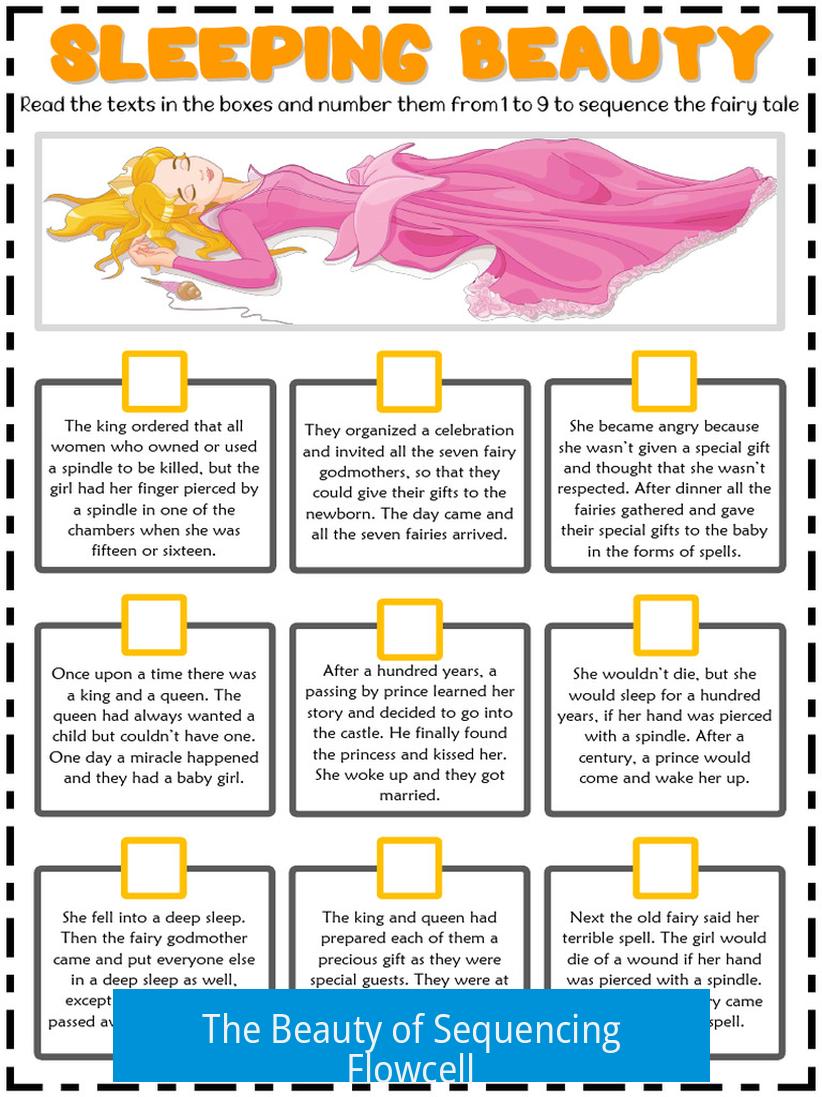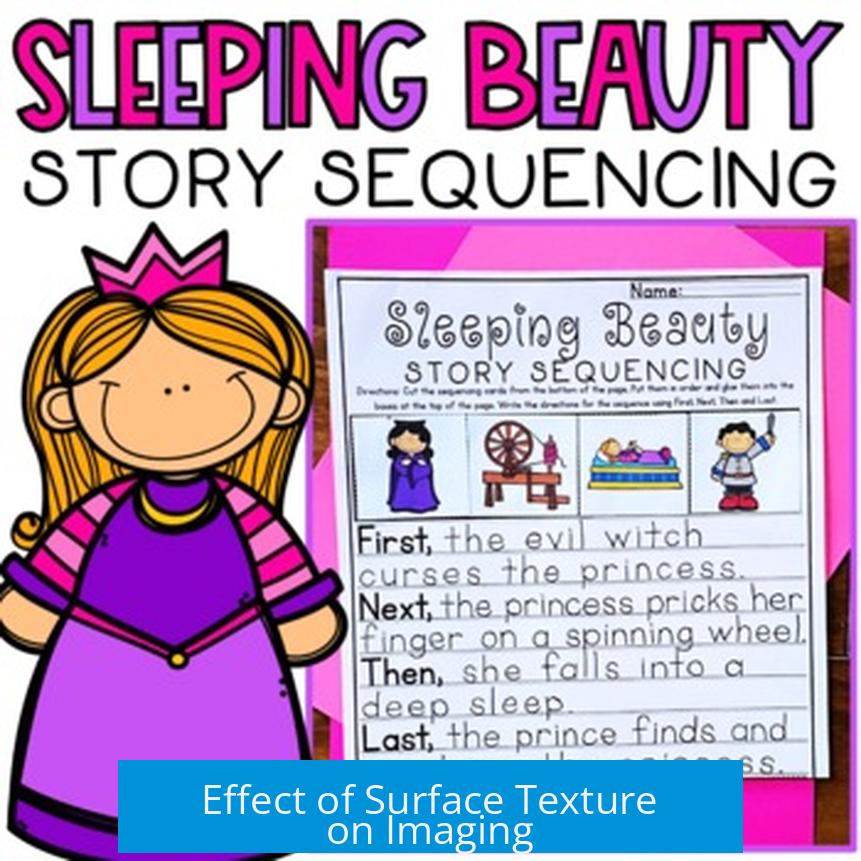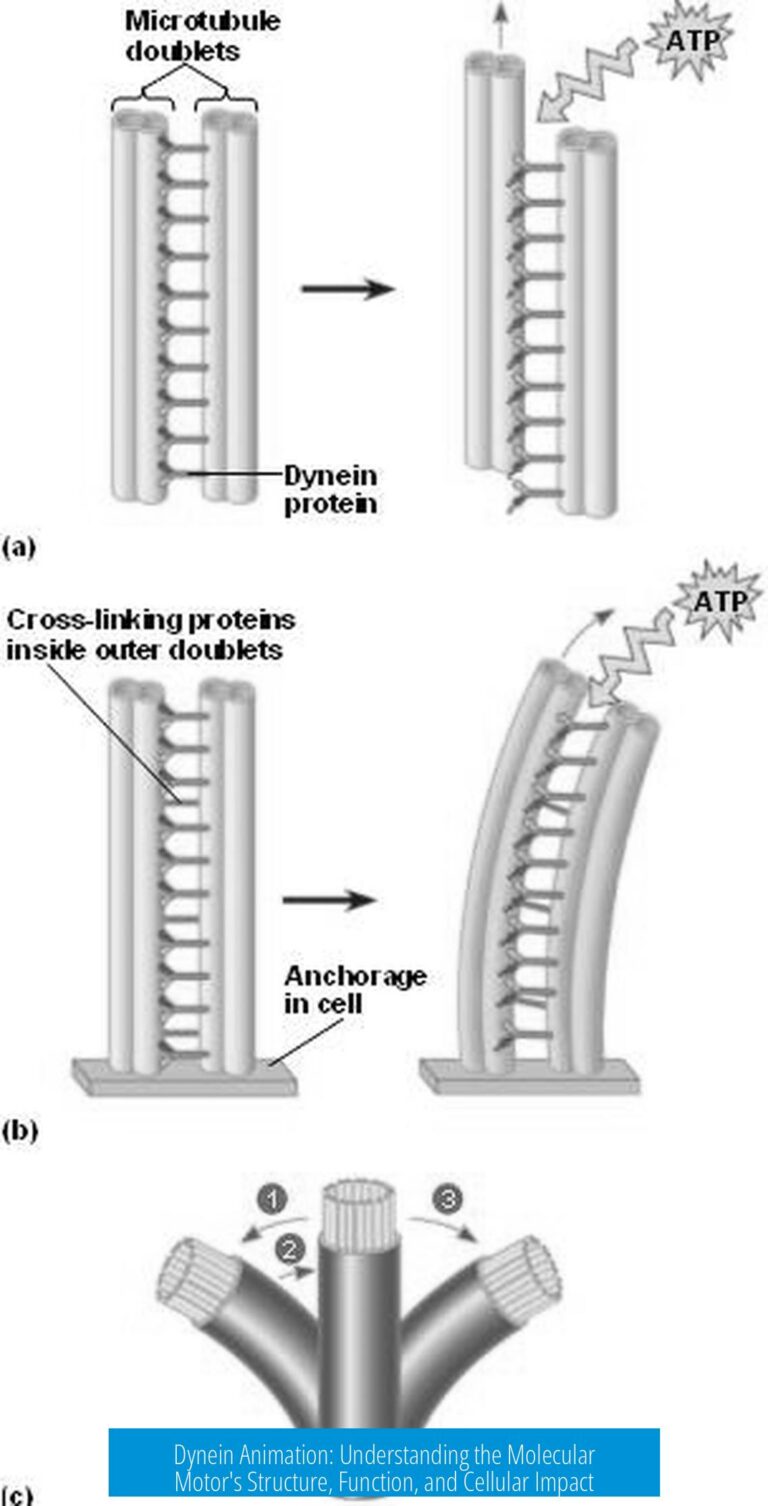The Beauty of Sequencing Flowcell

The beauty of sequencing flowcell lies in its intricate design and functional features that enable precise DNA sequencing. These flowcells are central components in sequencing instruments, where DNA clusters form and are read. The flowcell’s unique characteristics, such as its surface texture and chemistry, influence sequencing quality and imaging processes.
Visual Appearance and Chemistry
One notable attribute is the flowcell’s visual output. For example, the iSeq system uses a one-color chemistry. This single-color method produces monochromatic video images during sequencing runs. Such simplicity in color choice reduces complexity but preserves high fidelity in detecting DNA bases.
Surface Texture of Sequencing Flowcells
The flowcell surface appears more uneven than typically expected. Instead of perfectly smooth, microscopic inspections reveal a textured substrate. This uneven nature results from manufacturing processes and materials used to immobilize DNA strands for sequencing.
Effect of Surface Texture on Imaging

An uneven surface may pose imaging challenges. Variations in texture can cause light scattering or focus inconsistencies during optical scanning. These issues potentially degrade image clarity, affecting base calling accuracy. However, modern sequencing machines incorporate software and hardware adjustments to compensate and maintain high-quality data capture.
Key Benefits and Design Considerations
- One-color chemistry simplifies signal interpretation
- Surface texture supports effective DNA cluster formation
- Advanced optics manage imaging challenges from uneven surfaces
Summary
- Sequencing flowcells combine function and form uniquely
- Monochromatic imaging stems from one-color chemistry choices
- Uneven surfaces exist but are managed during imaging
- Technological advancements ensure sequence accuracy despite surface irregularities
The Beauty of Sequencing Flowcell: A Visual and Technical Exploration

What exactly makes a sequencing flowcell stunning? It’s not just science—it’s art in motion. When you get up close to a sequencing flowcell, especially one like the iSeq that uses 1 color chemistry, you might first notice its sleek, monochromatic video output. But dig deeper, and you’ll find an intriguing story of texture, technology, and subtle challenges. Let’s unfold what makes this tiny component a marvel of modern sequencing.
Monochromic Magic: Why the Flowcell Video Is Black and White
Ever wonder why the flowcell videos from systems like Illumina’s iSeq appear in only one color? The answer lies in the sequencing chemistry itself. The iSeq employs a unique 1 color chemistry system. Unlike multicolor methods that use different fluorescent dyes for each base, this approach simplifies the process by detecting just one color signal.
This means that the videos generated won’t burst with rainbow hues. Instead, they show a monochromatic play of light and shadow. It might feel less flashy, but it’s all about efficiency and clarity. The single-color method reduces complexity and potentially cuts down errors in base calling. So, the understated black-and-white video isn’t dull—it’s a purposeful window into precise sequencing.
The Unexpected Surface Texture: A Closer Look at the Flowcell
Now, if you imagine a sequencing flowcell, you might picture a perfectly smooth glass slide, silently bearing the genetic codes to be read. Surprisingly, the surface looks much more uneven than many expect. If you gaze at detailed microscopic or even video footage, bumps, ridges, and slight imperfections come into view.
This unevenness might jump out as a flaw, but it’s actually a key characteristic of the flowcell’s design and manufacturing processes. The surface includes immobilized oligonucleotides (small DNA sequences) arranged in clusters. These clusters create subtle topographical variations. Also, the coatings and polymer layers applied contribute to the minor irregularities on the surface.
Think of it as a textured canvas, not an old brick wall. This “texture” plays a role in capturing and amplifying DNA strands during sequencing. It acts like tiny handles that tether the genetic material firmly, ensuring accurate reading.
Does the Uneven Surface Mess With Imaging?

Here’s a question many ask: “Does the flowcell’s uneven texture interfere with imaging?” After all, sequencing relies heavily on precise optical detection through microscopy—any distortion could spell trouble.
Surface irregularities may introduce challenges in image capture, but the systems are designed to overcome this. The sequencing instruments use advanced optics and autofocus mechanisms that compensate for micro-scale unevenness. Think of it like a sophisticated camera that adjusts itself based on what it “sees”.
However, it’s not perfect. Excessive or irregular unevenness might cause subtle focus shifts or optical noise. Manufacturers carefully optimize surface materials and uniformity to minimize this impact. The result? High-quality images of fluorescent signals that directly translate into reliable DNA sequence reads.
A Blend of Function and Form
Beyond performance, there’s aesthetic beauty in the flowcell’s design. The monochrome sequences show a rhythmic pulse of lights, a tiny universe unfolding with each cycle. The surface textures contribute visual depth—a reminder that science doesn’t always mean sterile plainness.
Imagine watching the flowcell video during a run. The seemingly flat landscape reveals itself as dynamic and alive. Patterns emerge and fade, telling the story of billions of DNA bases being read in real time. It’s a subtle but captivating display.
Why Does This Matter to You?
- If you’re a molecular biologist or bioinformatician, understanding the flowcell’s texture and chemistry helps in troubleshooting sequencing runs.
- For lab managers, it informs purchasing decisions, pushing towards systems balancing simplicity (like 1-color chemistry) and performance.
- For curious minds, it reveals how minute design choices impact huge data outputs and final results accuracy.
Some Tips for Handling and Appreciating Flowcells

- Handle with Care: The uneven surface may trap dust or air bubbles. Gentle, clean handling preserves integrity.
- Optimize Imaging: Use equipment calibration routines to accommodate surface variations.
- Visual Inspection: Sometimes visual irregularities hint at defects or contamination—don’t skip this step.
- Trust the Tech: Modern sequencers have built-in corrections to reduce any negative image impacts from surface texture.
Wrapping Up: Seeing Beyond The Science
The beauty of sequencing flowcell lies in its blend of simplicity and complexity. The monochrome video output due to 1 color chemistry brings clarity. The surprisingly uneven surface challenges assumptions and reveals the raw, textured reality of molecular work. This combination ensures that while the flowcell might look modest, it carries a wealth of scientific sophistication.
So next time you see a black-and-white sequencing run animation, pause and consider the intricate dance happening beneath. It’s not just data being read—it’s a silent, monochromic symphony of life’s building blocks, played out on a tiny textured stage.
What causes the sequencing flowcell video to appear monochromic?
The iSeq system uses one color chemistry. This single color system results in monochromic video output during sequencing.
Why does the flowcell surface look uneven?
The surface of the flowcell has an uneven texture. This texture may differ from initial expectations but is part of its physical design.
Does an uneven flowcell surface affect sequencing imaging?
Uneven surfaces can potentially interfere with imaging accuracy. However, sequencing systems are designed to handle some texture variability.
How does the one color chemistry impact sequencing quality?
Using one color chemistry simplifies the detection process. It may reduce complexity but requires precise calibration for accurate results.
Can surface texture variations influence sequencing results?
Variations in surface texture may affect how images are captured. Careful engineering minimizes any impact on sequencing data quality.





Leave a Comment